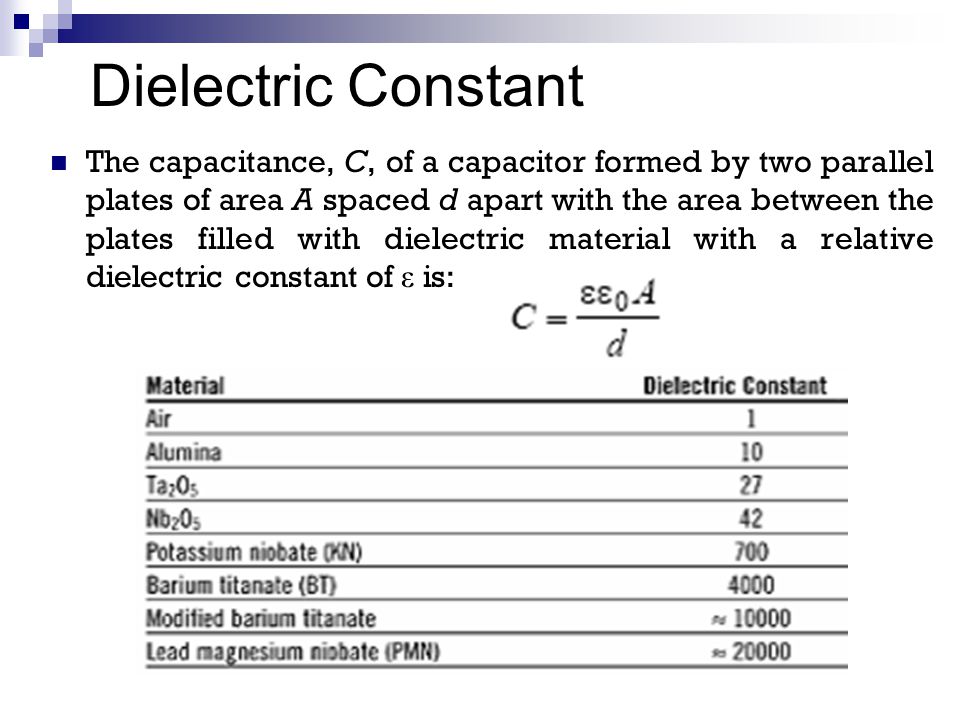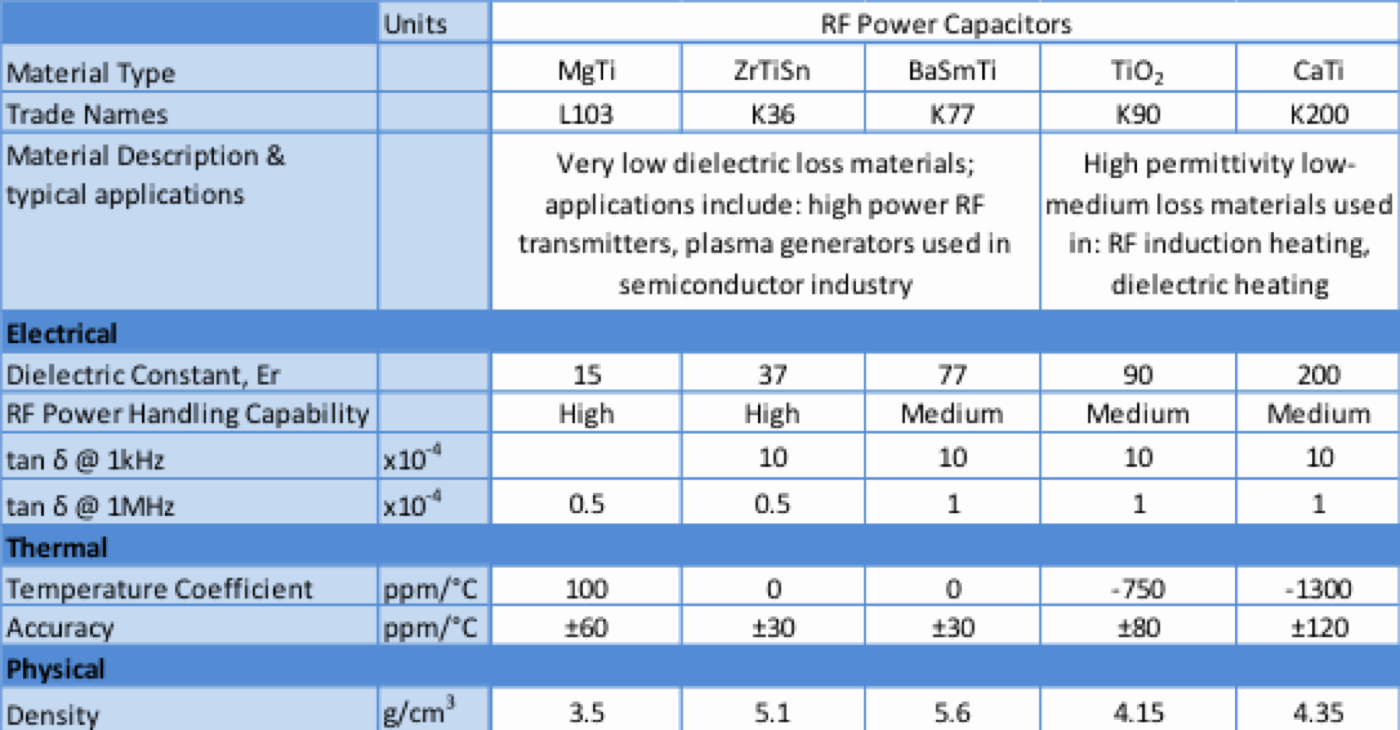Ceramics Constant K

We have collected a number of charts detailing applications and properties for some of the most commonly used ceramic materials.
Ceramics constant k. Ceramic composition and properties atomic and molecular nature of ceramic materials and their resulting characteristics and performance in industrial applications. Industrial ceramics are commonly understood to be all industrially used materials that are inorganic nonmetallic solids. 5 varies somewhat by exact resin content. The more resin the lower the k.
The range of ks for common ceramic dielectrics is shown in table 15. Measurements are generally carried out at 1 khz. The relative dielectric constant k is the ratio of the amount of charge that an element constructed from the ceramic material can store relative to the absolute dielectric constant 0 the charge that can be stored by the same electrodes when separated by a vacuum at equal voltage 0 8 85 x 10 12 farad meter. While the data in these charts is in most cases typical of what you will find from ceramic component suppliers it is only intended to be a general point of reference and should not be used for material selection or specification.
Beryllium oxide is widely used in aerospace nuclear power metallurgical engineering electronics industry rocket manufacturing and so on. Usually they are metal oxides that is compounds of metallic elements and oxygen but many ceramics. At present the thermal conductivity of the prepared beo ceramics can reach 280 w m k which is 10 times higher than that of aluminum oxide al2o3 ceramics.














































